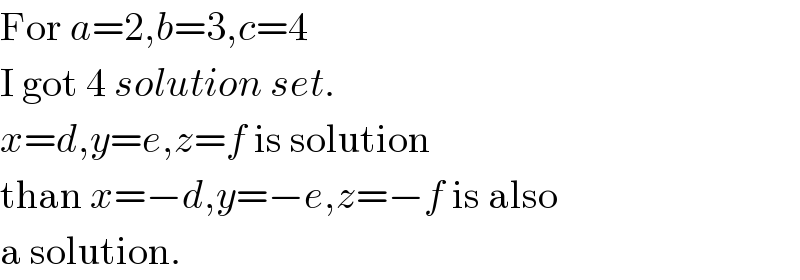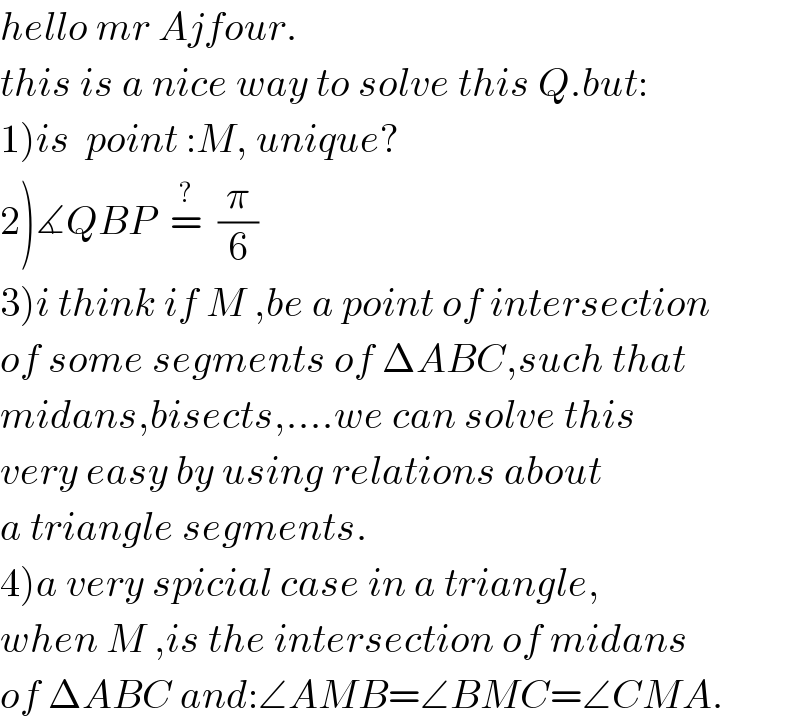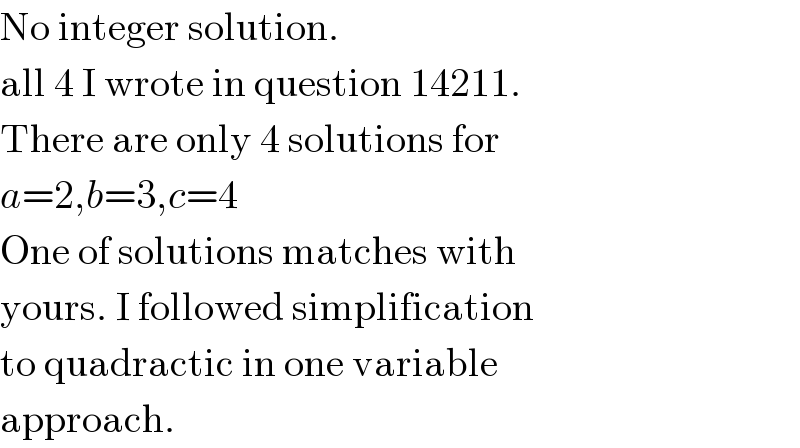
Question and Answers Forum
Question Number 14306 by ajfour last updated on 30/May/17

Commented by prakash jain last updated on 30/May/17

Commented by ajfour last updated on 30/May/17

Commented by ajfour last updated on 30/May/17

Answered by ajfour last updated on 30/May/17

Commented by ajfour last updated on 30/May/17

Commented by b.e.h.i.8.3.4.1.7@gmail.com last updated on 30/May/17

Commented by ajfour last updated on 30/May/17

Commented by prakash jain last updated on 30/May/17

Commented by ajfour last updated on 30/May/17

Commented by b.e.h.i.8.3.4.1.7@gmail.com last updated on 31/May/17

Commented by prakash jain last updated on 30/May/17

Commented by mrW1 last updated on 31/May/17

Commented by Tawa11 last updated on 15/Jan/22

